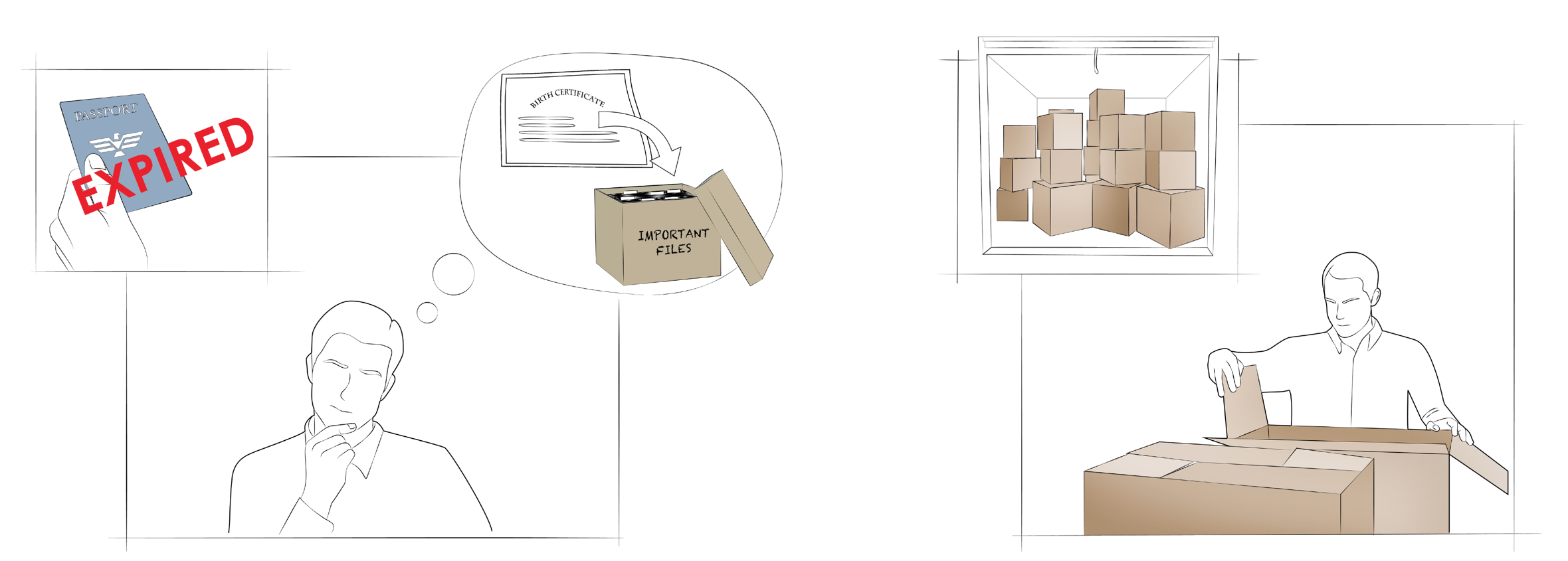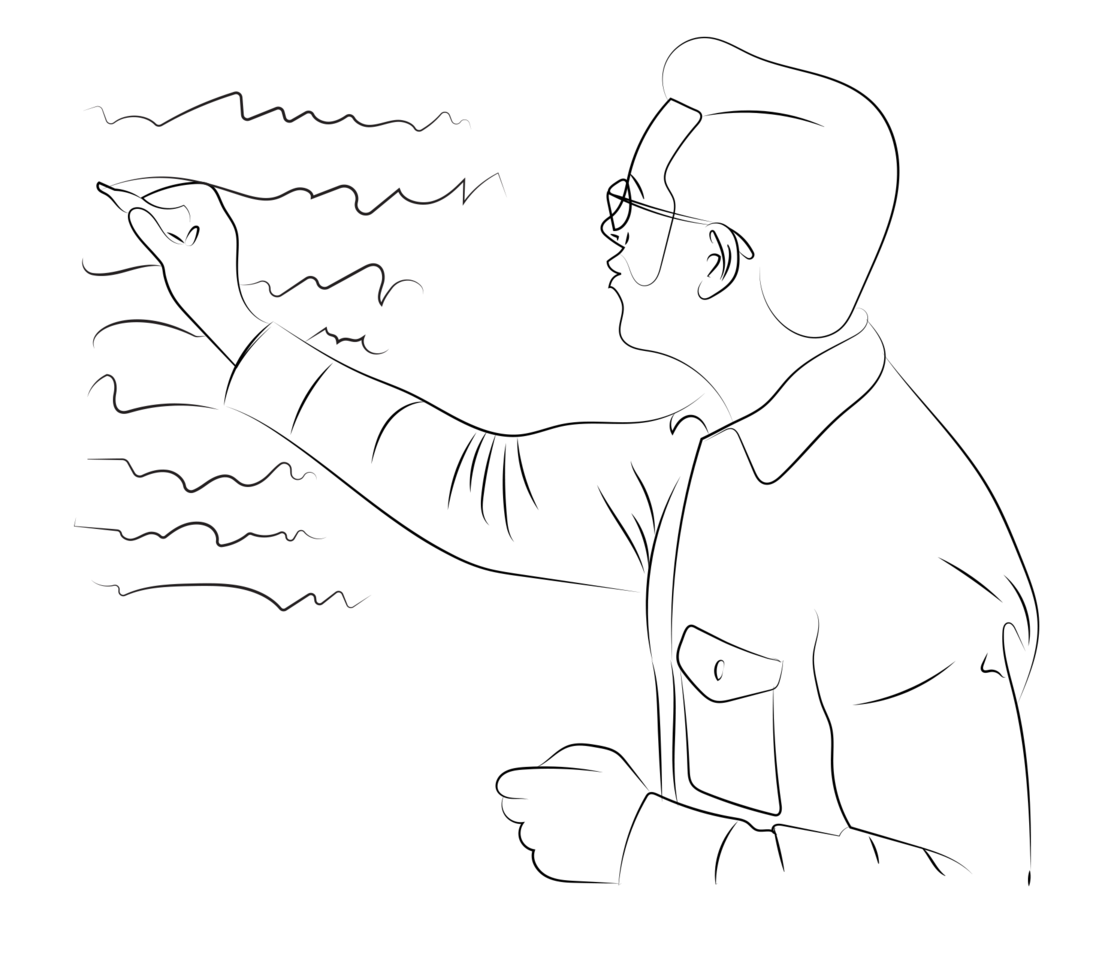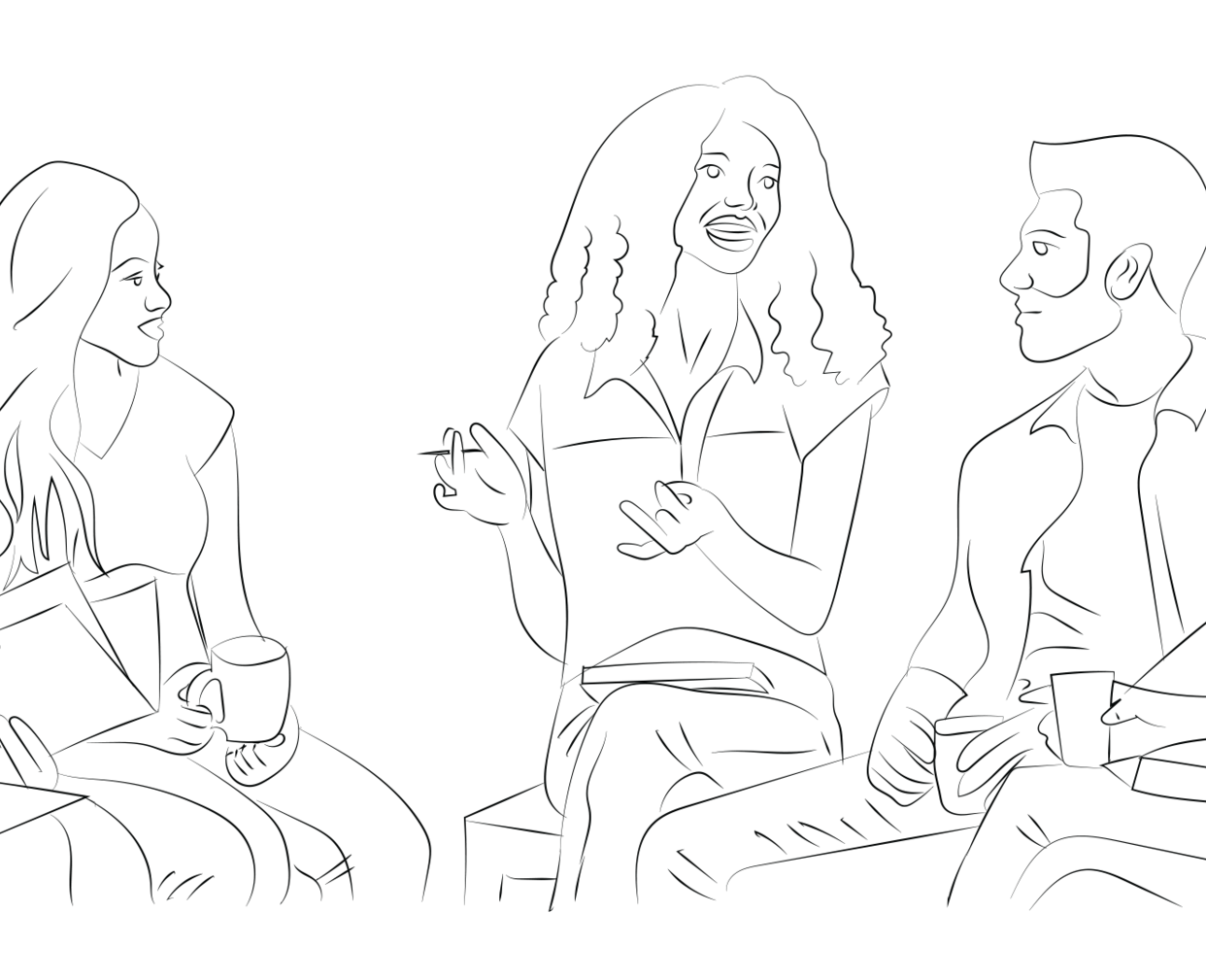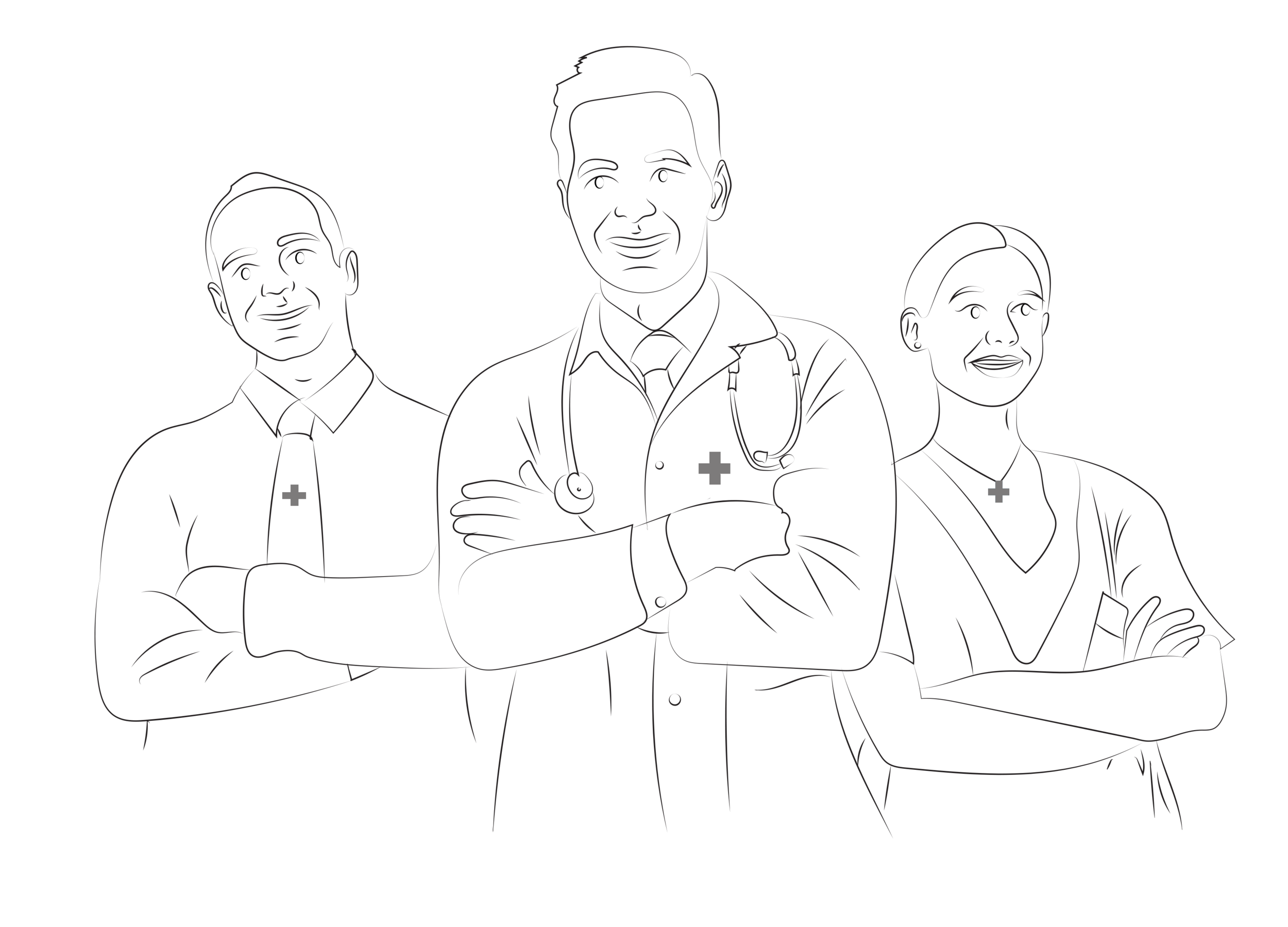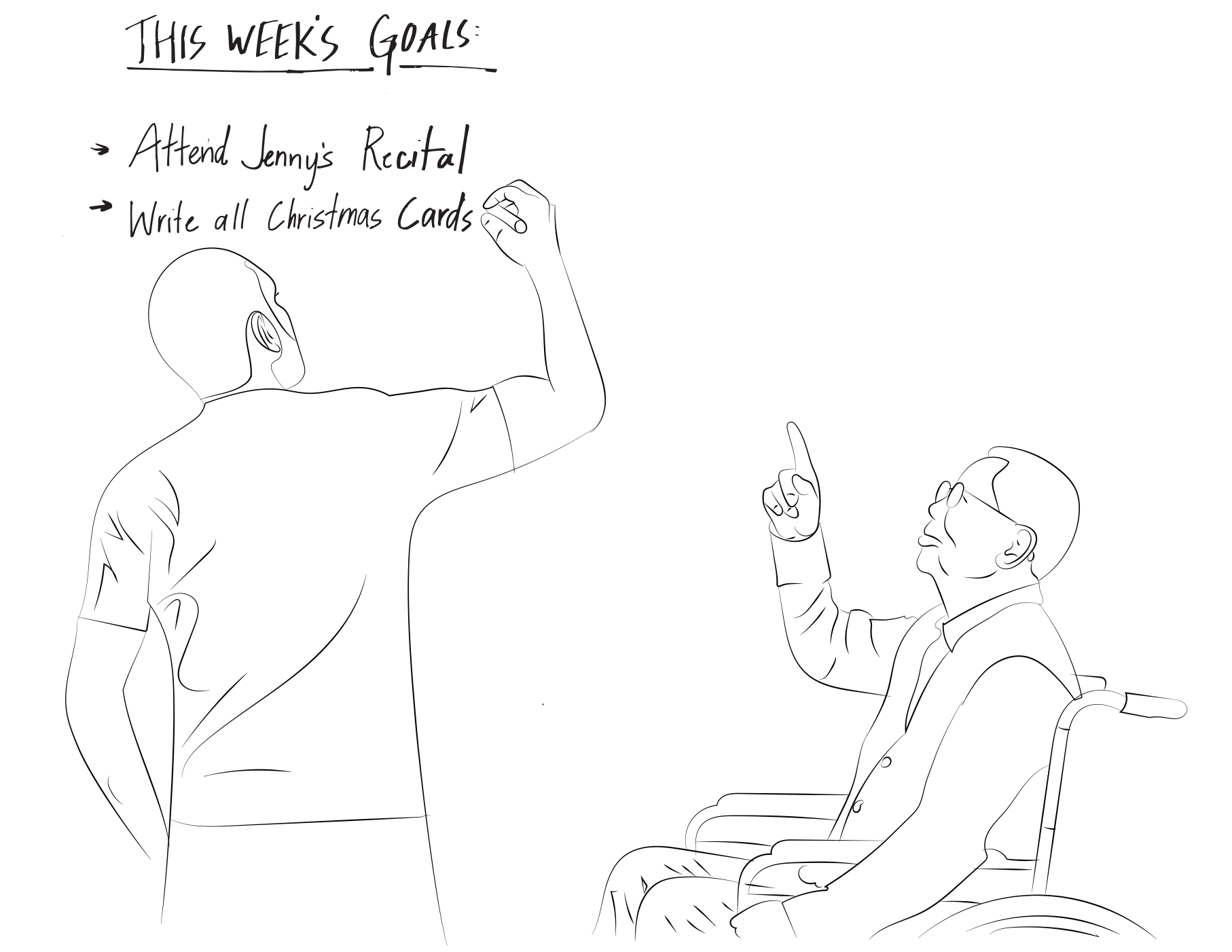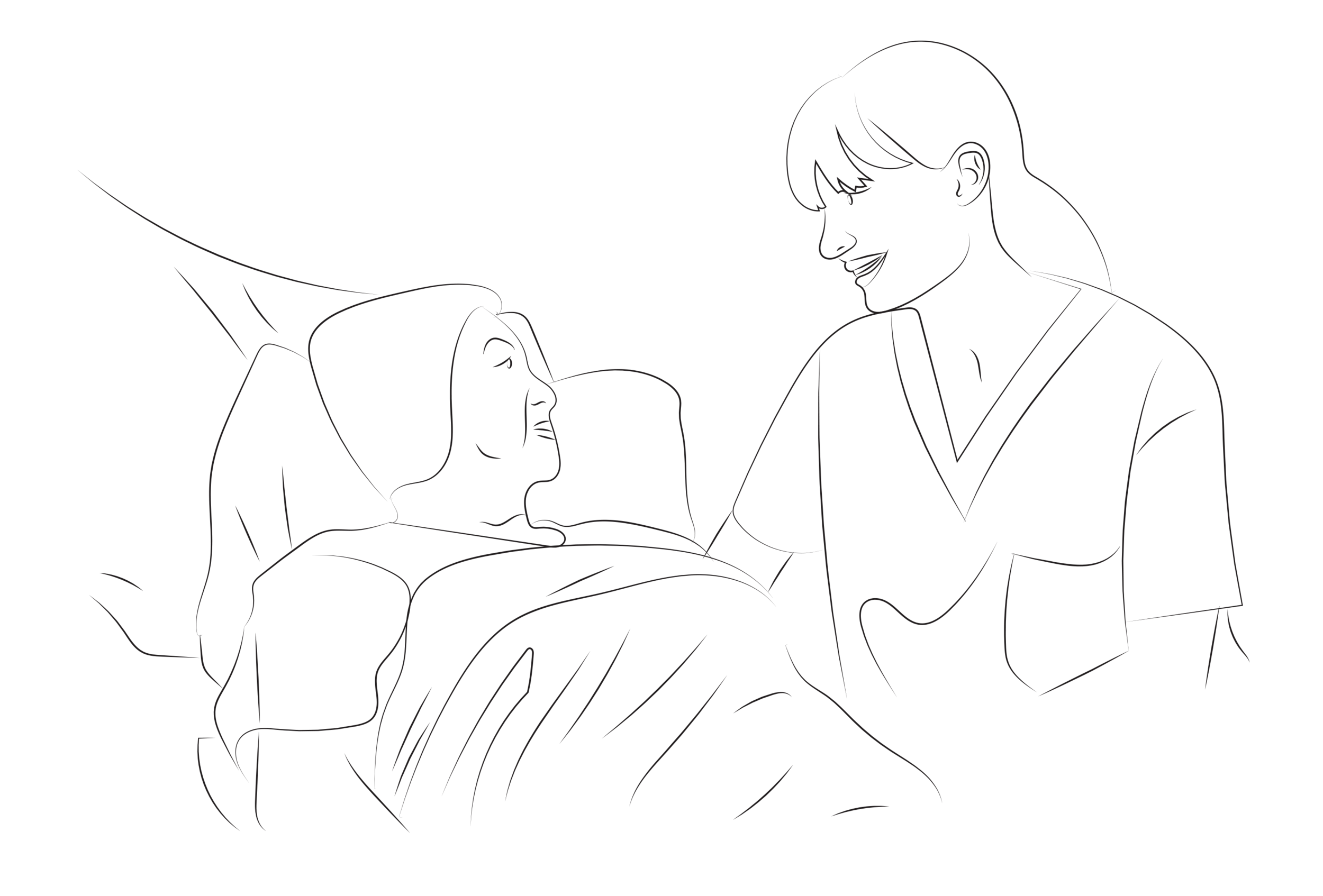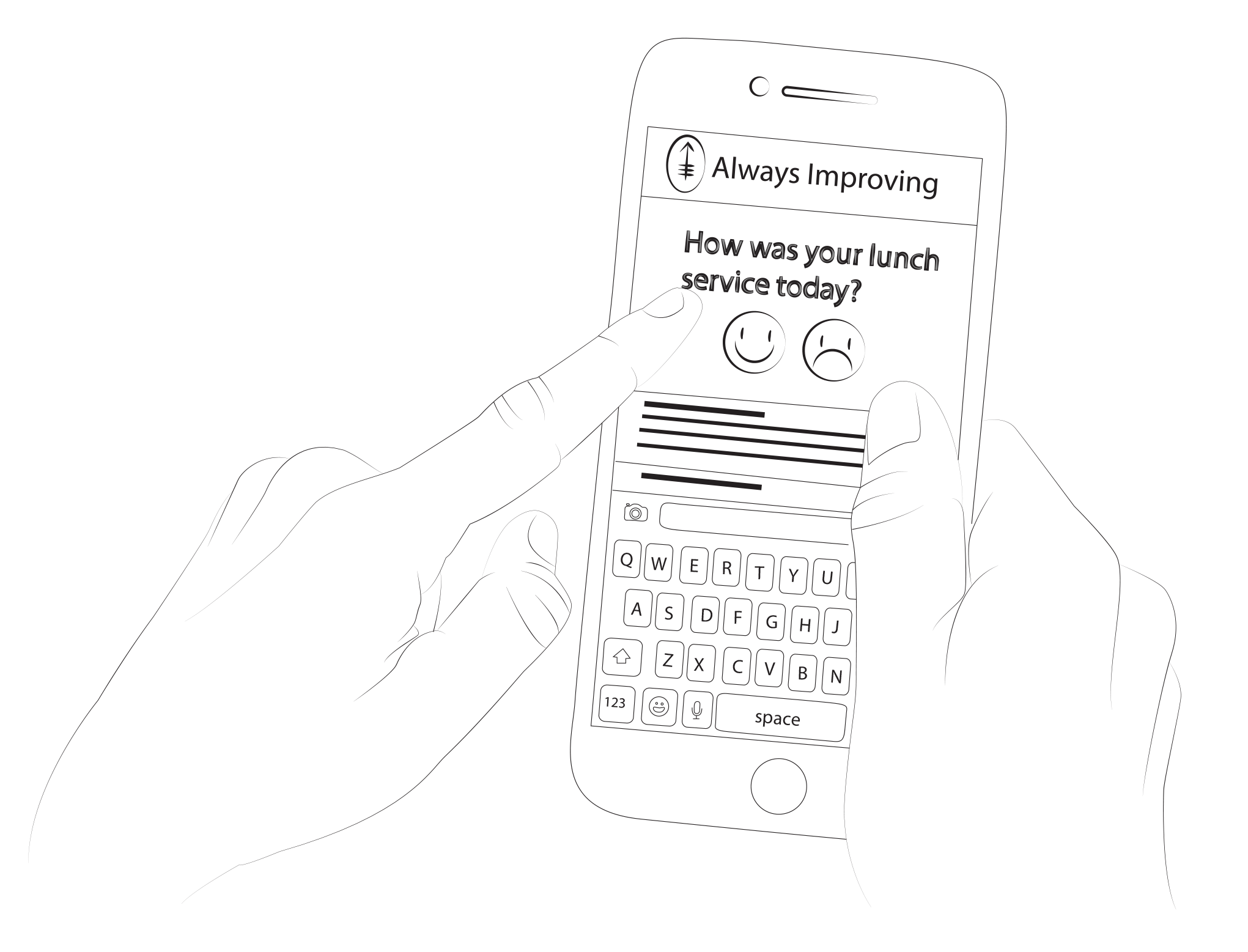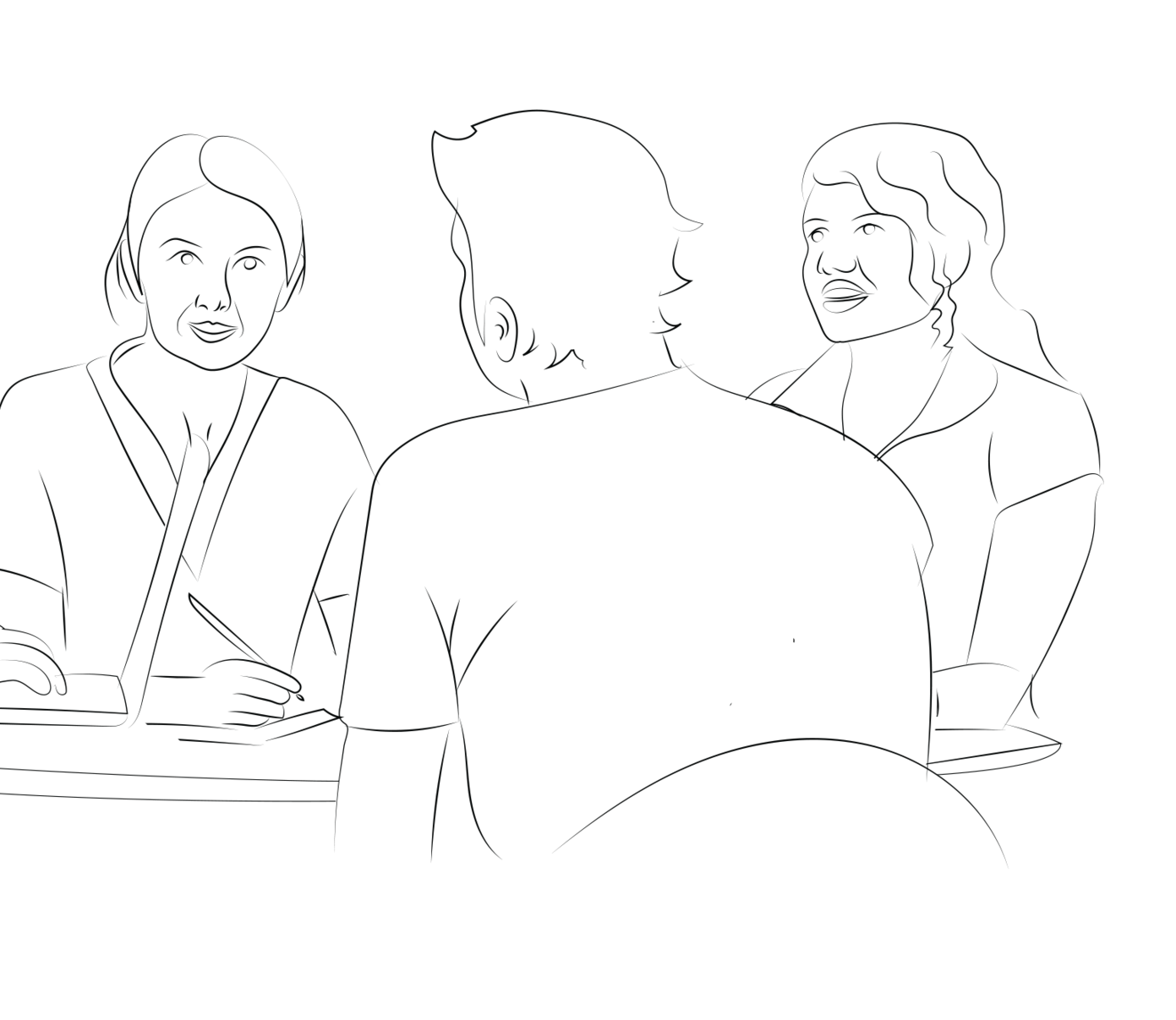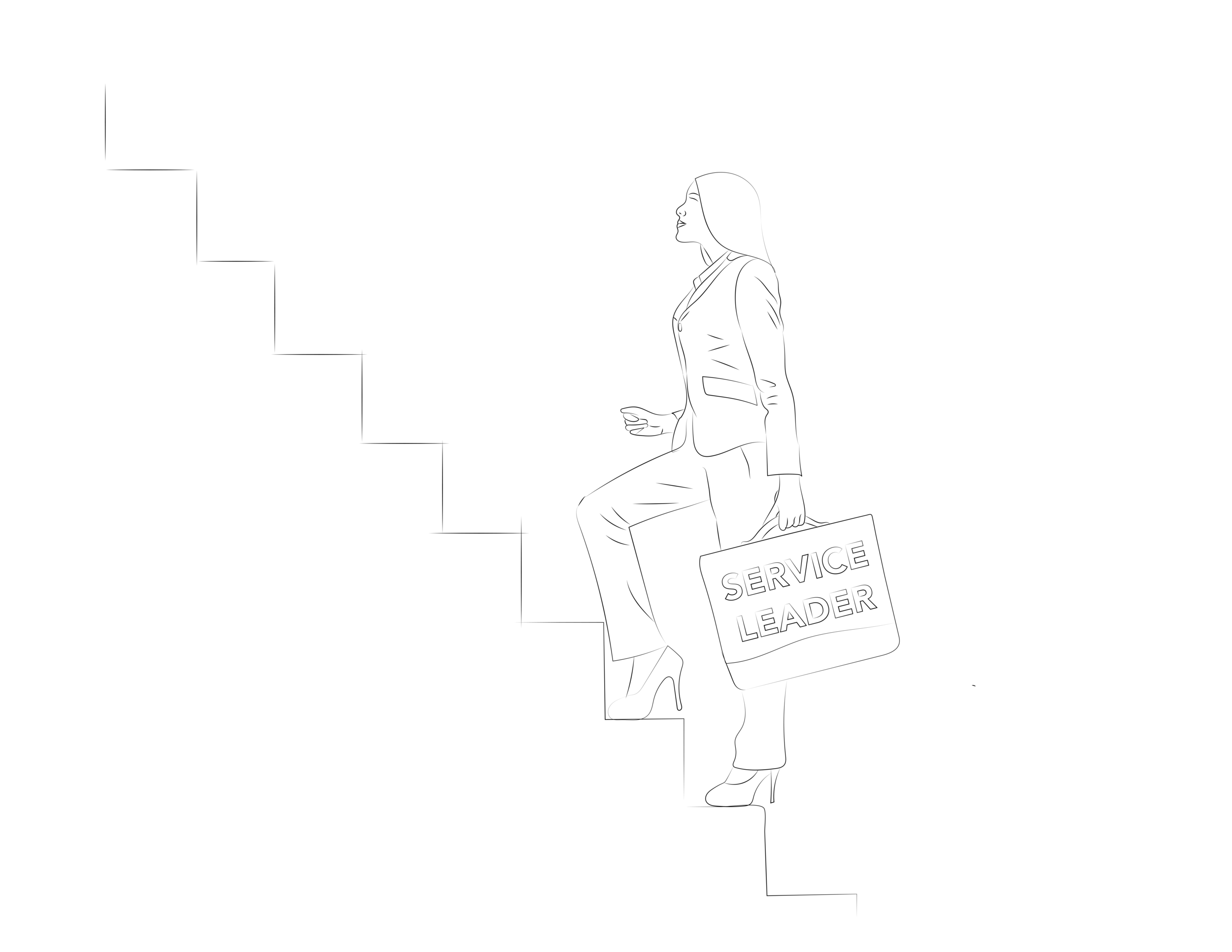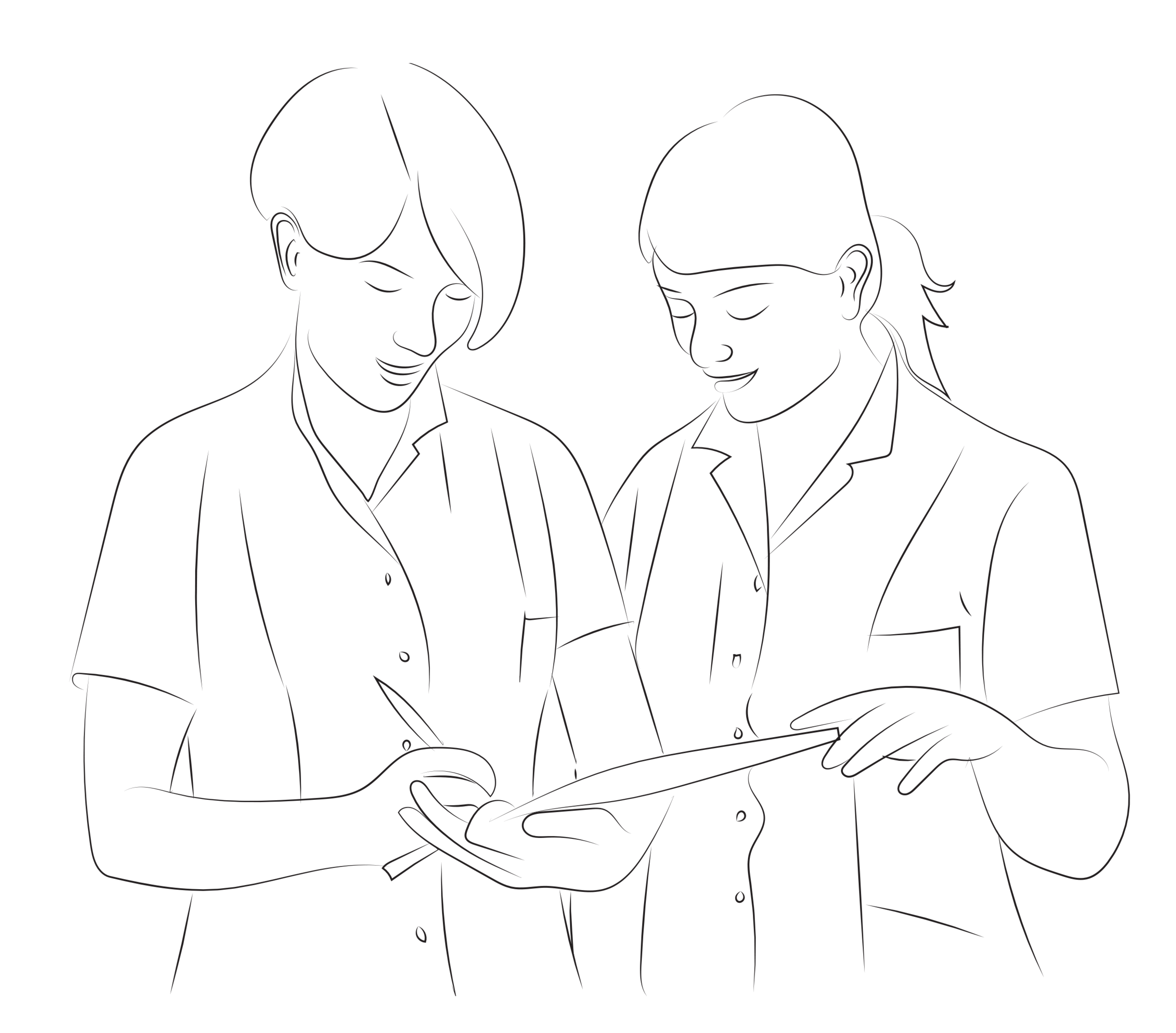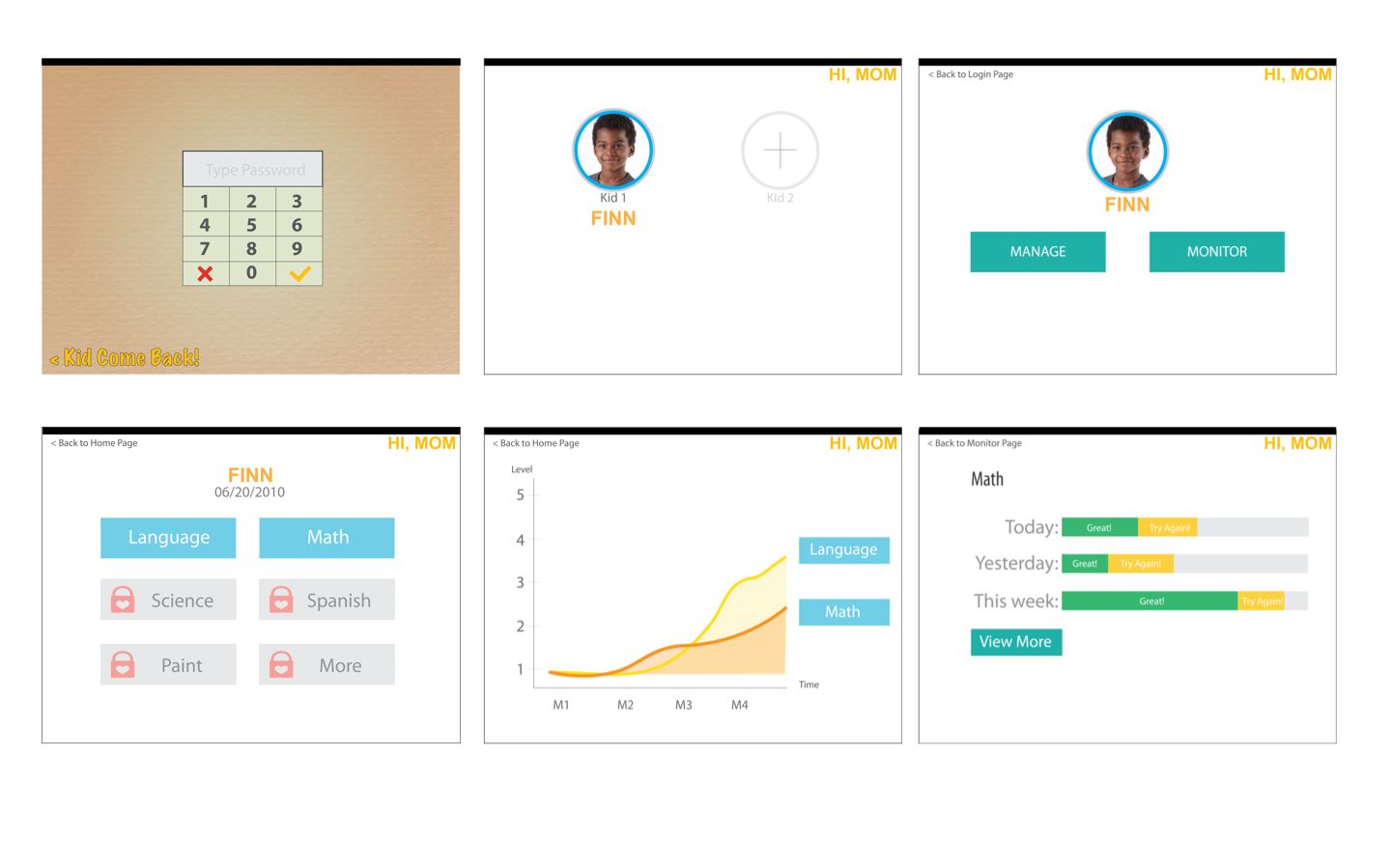Digital Tools for the Physical Space
Basic tools like our smart phone can do incredible things. We all know that we can play music, track running speed and check Facebook almost anywhere in the world. However when we take utilize the capability of tech to get out of our glass screens and effect our physical space do see what these devices can really do.
The Home Organization Exercise examined utilizing existing smart smart phone technology to let users plan their organizational needs. As seen in the prototype below the user can utilize the gyroscope in their iPhone to easily and accurately measure their space, and then access a digital design planner that allows users to enter in their inventory, select and order the products needed to combat the culture many of us face.
Prototype
Exploratory Use case scenarios
Along with the Digital application I also utilized ethnographic user research and knowledge of developing technologies to create use case scenarios that explore other digital/physical problems in the realm of home organization.
Above: Image recognition combined with RFID Tags, and augmented reality allow the user to easily find important documents lost in a move.
Below: The user is able to collect paper notifications with an image. Recognition software not only tags and organizes content but creates notifications and creates payment system automatically.
Storyboarding
Research and Innovation sessions
We held a 10 Types of Innovation Session to explore new ways to engage and entice customers.
I had the opportunity to work of the amazing insights research of other designers and engineers.

